I never know where my inspiration for a blog post will come from. Sometimes I've read something that will get me thinking about something else. Sometimes I'm in the garden and I see something that sets off my natural curiosity to know more. And sometimes another person inspires me in a totally different way. The latter happened to me today.
Our pastor's sermon this morning was entitled "Why Geese Fly Farther Than Eagles." She proceeded to tell us about the habits of geese, some of which I knew, some of which I didn't. Geese are plentiful here, mostly the Canada kind and many find them to be bothersome, especially when there are a lot them. Usually there are a lot of them because of their very nature.
Geese form strong family bonds. They mate for life and they travel in families. When you see a flock of geese flying in their familiar "V" formation, it's likely that they are a group of families, perhaps even generational of the same family. Young geese stay with their parents for a year before they strike out on their own.
They depend on each other when traveling. The lead flier bears the brunt of the burden for choosing the flight path and absorbing wind resistance. The following geese draft, much like cyclists do when traveling in a group. The lead flier makes it easier for the rest. When that one tires, it simply drops back and a new front flier takes over.
Being that these things were explained in church, the habits of geese were likened to those of us that follow Christ. We are family, too. We depend on each other. We help each other in our spiritual walks and in our day-to-day lives. God did not create us to be solitary beings and most of us would agree that our lives are much richer (and more fun!) when shared with others.
In the Christian world, we celebrate All Saints' Day/All Souls' Day. Generally, it's celebrated on November 1st, unless it occurs on a Saturday or Monday and then it's celebrated on the adjacent Sunday. We do this to bring to mind those in our lives that help us and make our journey in this world a little easier. They provide inspiration and guidance and encouragement. It may be our genetic family, our adopted family, or our family of friends and acquaintances. They may have passed on before or they may still be with us.
We are amazed sometimes at the similarities between the wild aspects of nature and humanity. We're charmed when our pets sometimes take on human characteristics. It's endearing and encouraging to know that many animals mate for life. When an animal visibly shows affection to another or one species comes to the aid of a different one, it tugs at our heartstrings. That somehow gives them a "feeling" heart and reasoning brain and we find that amazing, because it is.
 |
| Boo and "friend" |
This morning's sermon served to make me appreciate all the intricacies of life and the relationships that are formed. Some are basic to life and some life-enriching. Some happen by choice, but none happen by chance. I am blessed by them all.
Peace.
EDIT: Thank you to Charles Thomas, who corrected me on the terminology for "Canadian Geese." The correct name is "Canada Geese." If they are coming from Canada, do we call them Canadian Canada Geese? Just funnin' with ya, Charles. Thank you for clarifying! :-)















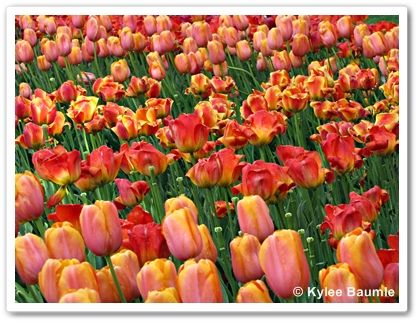

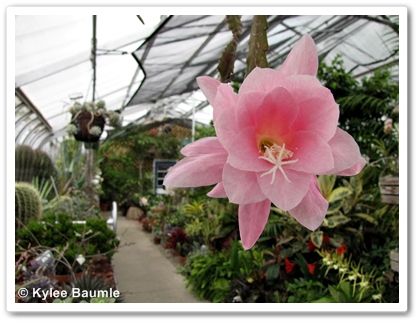






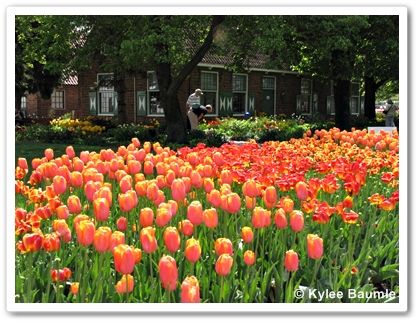
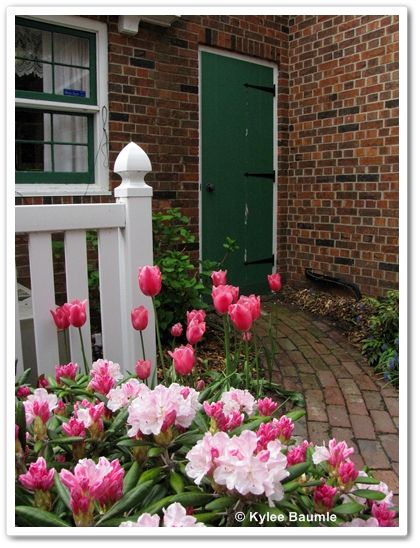


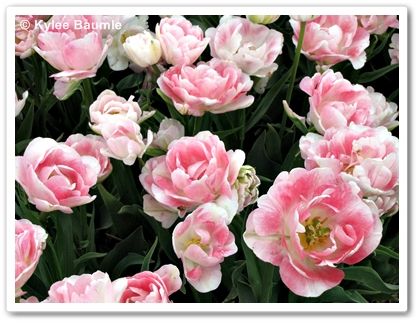

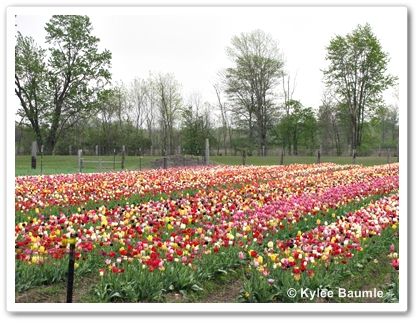



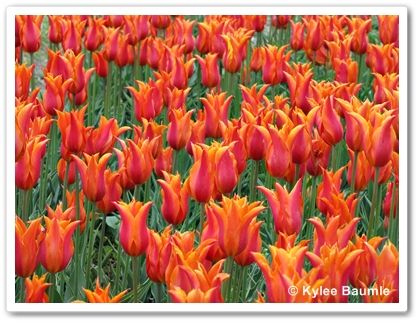





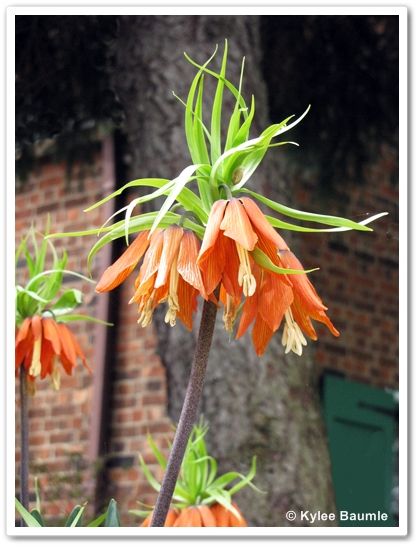

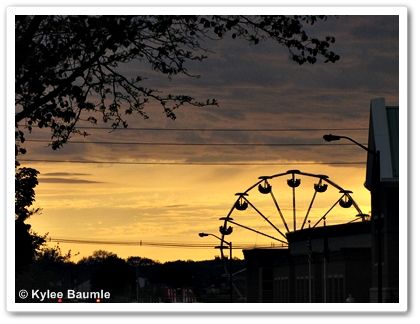
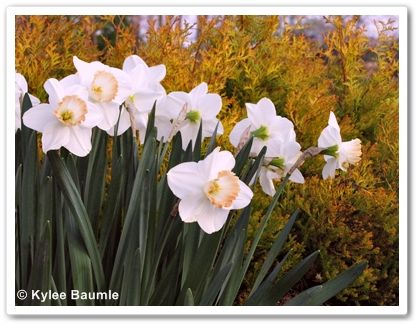
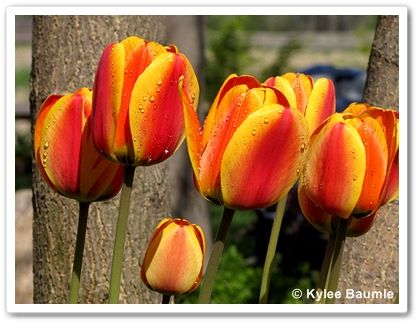
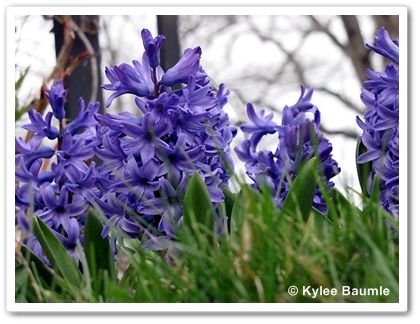
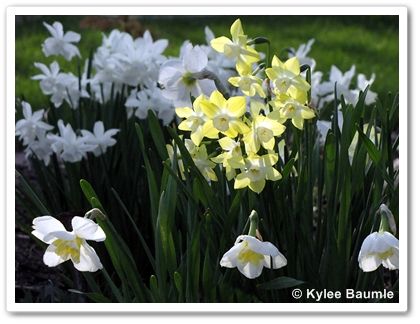




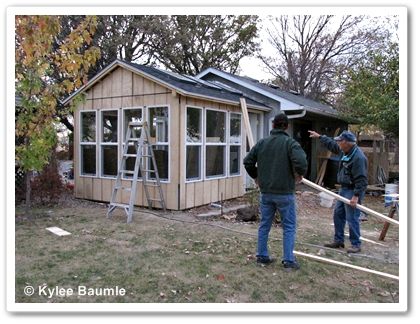
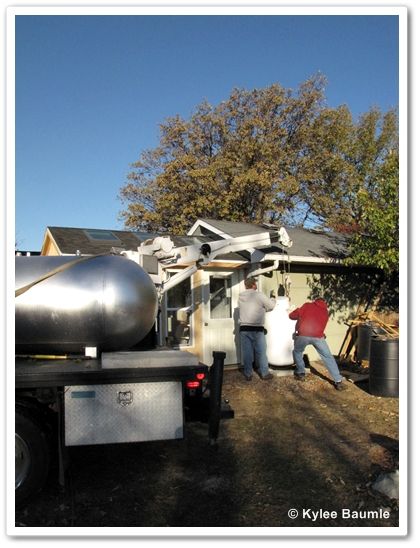
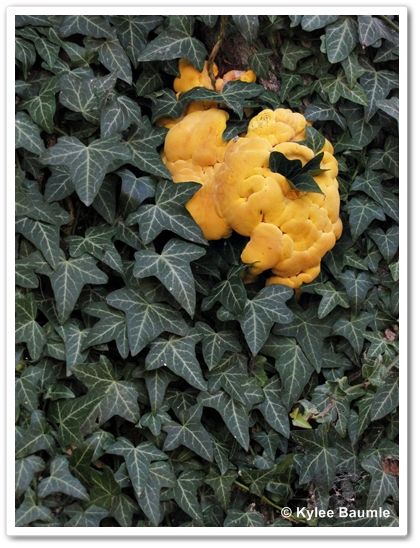
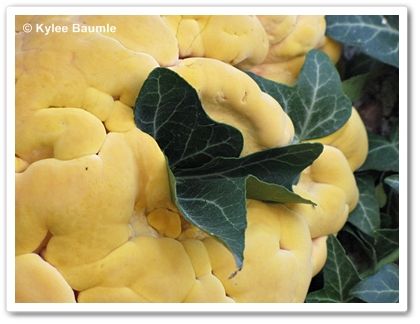
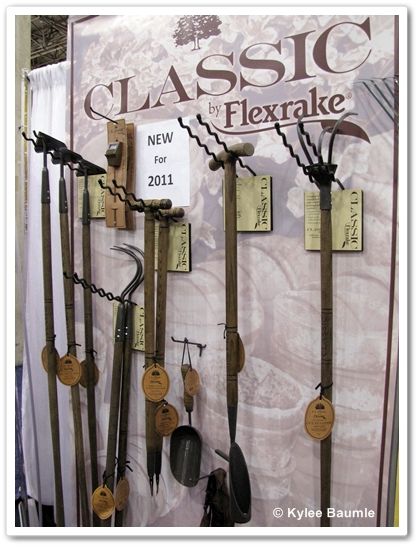
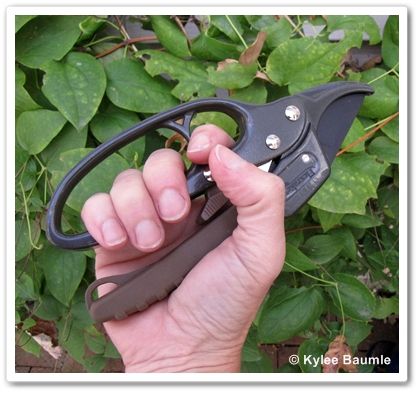
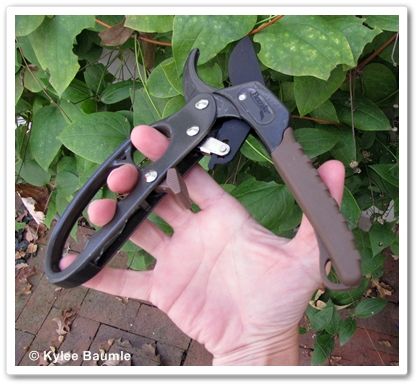
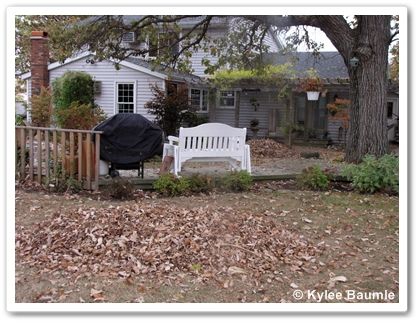
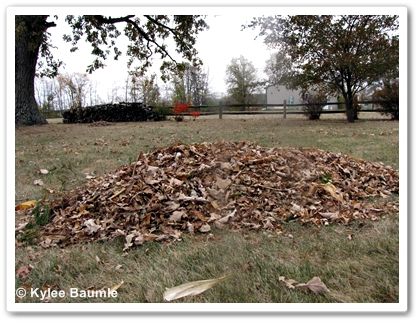
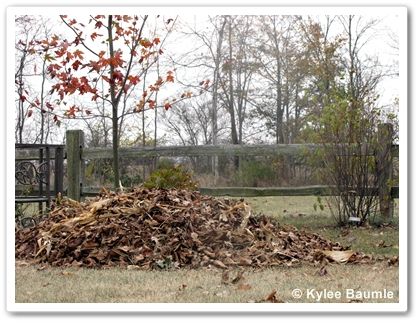
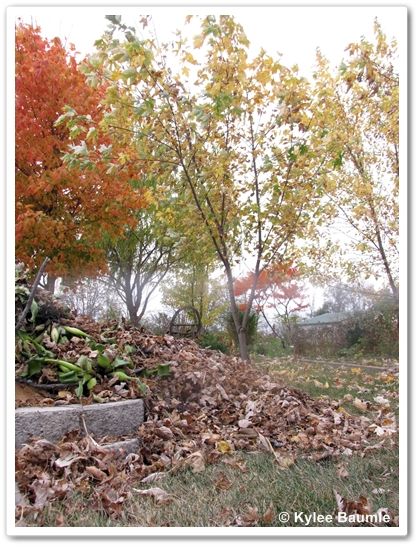
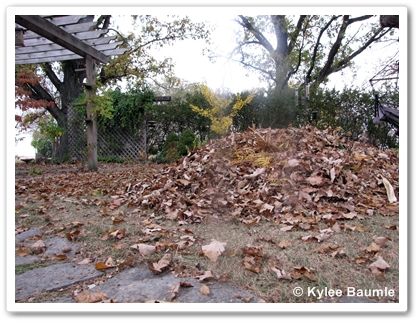

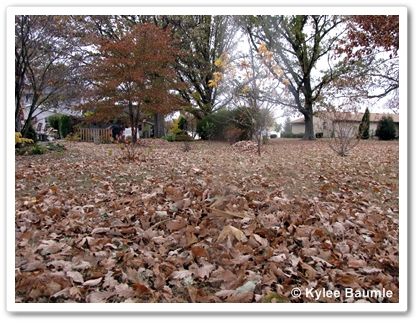
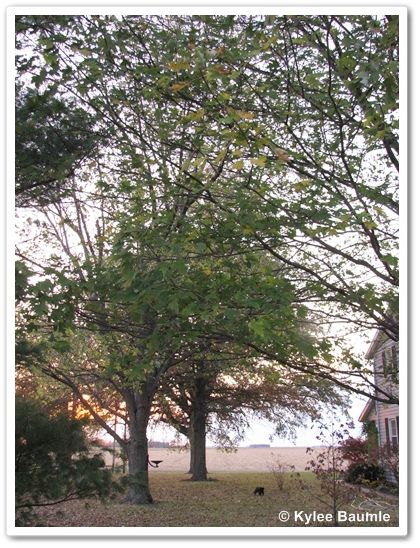
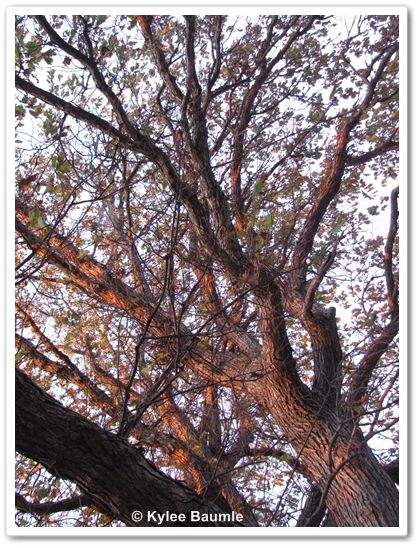









 "Bejeweled"
"Bejeweled"


